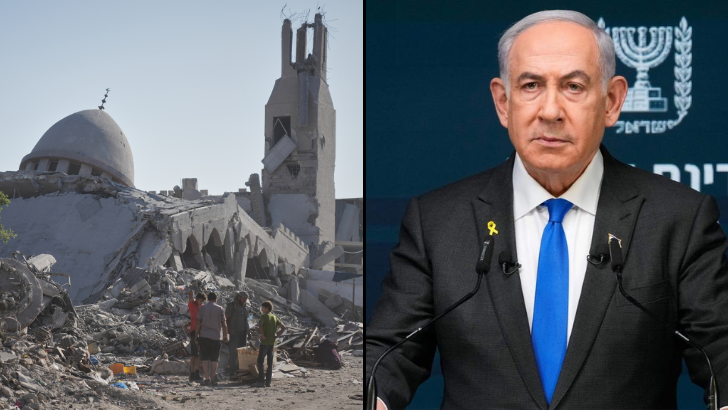Vatican workers install Sistine Chapel stove where ballots are burned during conclave to elect pope
The preparations are all leading up to the solemn pageantry of the start of the conclave to elect a successor to Pope Francis, who died 21 April at age 88.
PTI
-
PHOTO: X/ Vatican News
Vatican
City, 3 May
Vatican workers have installed the simple stove in the Sistine
Chapel where ballots will be burned during the upcoming conclave to elect a new
pope.
The
Holy See released a video Saturday of the preparations for the 7 May conclave,
which included installing the stove and a false floor in the frescoed Sistine Chapel to make it even. The footage also showed workers lining up simple wooden
tables where the cardinals will sit and cast their votes on Wednesday, and a
ramp leading to the main seating area for any cardinal in a wheelchair.
On
Friday, fire crews were seen on the chapel roof attaching the chimney from
which smoke signals will indicate whether a pope has been elected.
The
preparations are all leading up to the solemn pageantry of the start of the
conclave to elect a successor to Pope Francis, history's first Latin American pope, who died 21 April at age 88.
Wednesday
morning begins with a Mass in St Peter's Basilica celebrated by the dean of the
College of Cardinals, Cardinal Giovanni Battista Re, after which the cardinal
electors are sequestered from the rest of the world. In the afternoon, they
will process into the Sistine Chapel, hear a meditation and take their oaths
before casting their first ballots.
As of
now, 133 cardinals are expected to take part in the conclave. If no candidate
reaches the necessary two-thirds majority, or 89 votes, on the first ballot,
the papers will be burned and black smoke will indicate to the world that no
pope was elected.
The
cardinals will go back to their Vatican residence for the night and return to
the Sistine Chapel on Thursday morning to conduct two votes in the morning, two
in the afternoon, until a winner is found.
After
every two rounds of voting, the ballots are burned in the stove. If no pope is
chosen, the ballots are mixed with cartridges containing potassium perchlorate,
anthracene — a component of coal tar — and sulphur to produce black smoke out
the chimney. If there is a winner, the ballots are mixed with potassium
chlorate, lactose and chloroform resin to produce the white smoke.
The
white smoke came out of the chimney on the fifth ballot on 13 March, 2013, and
Cardinal Jorge Mario Bergoglio was introduced to the world as Pope Francis a
short time later from the loggia of St Peter's Basilica.
The
preparations are underway as the cardinals meet privately in more informal
sessions to discuss the needs of the Catholic Church going forward and the type
of pope who can lead it.
Leave a Reply
Your email address will not be published. Required fields are marked *








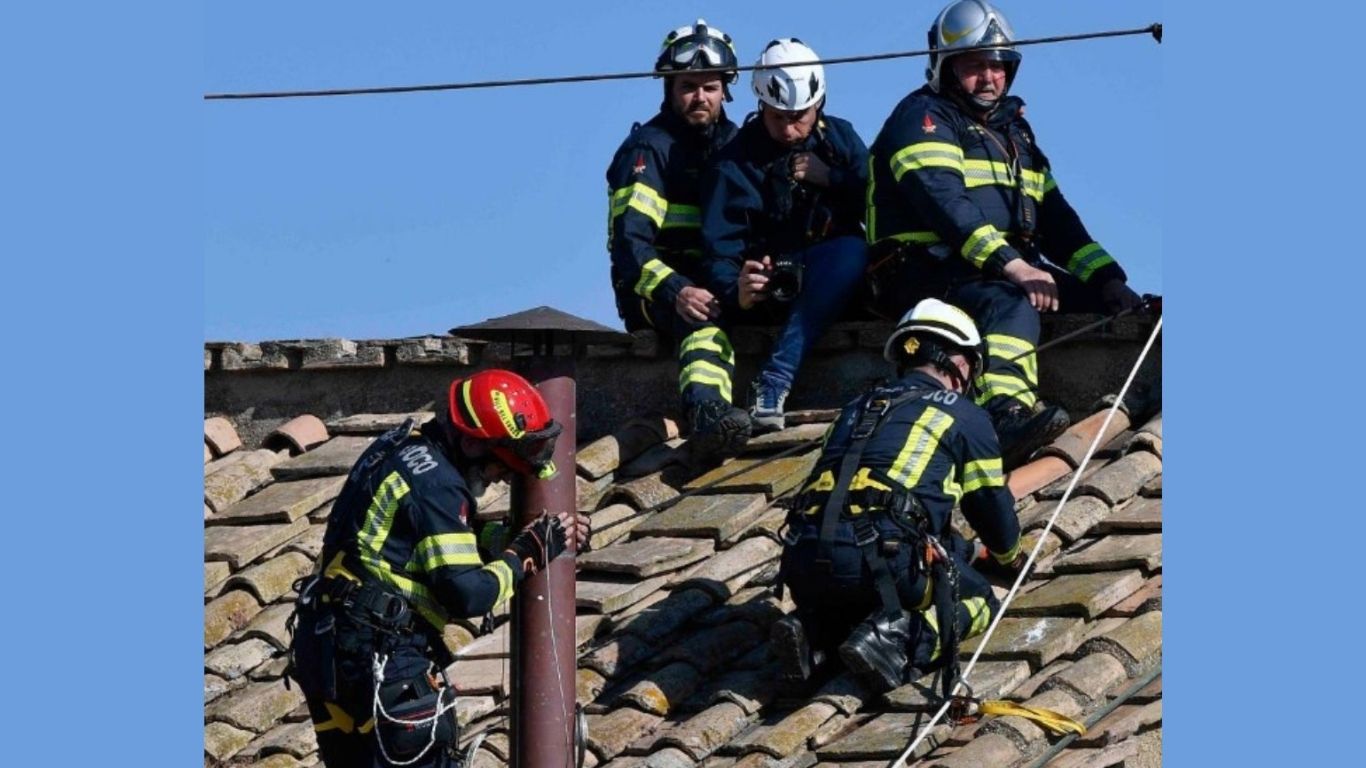

.png)


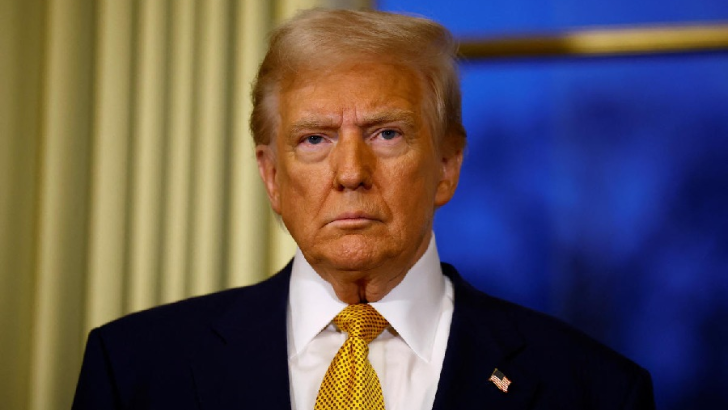
.png)
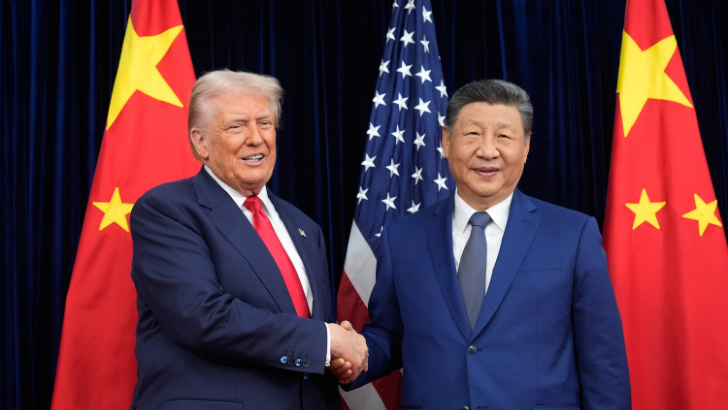
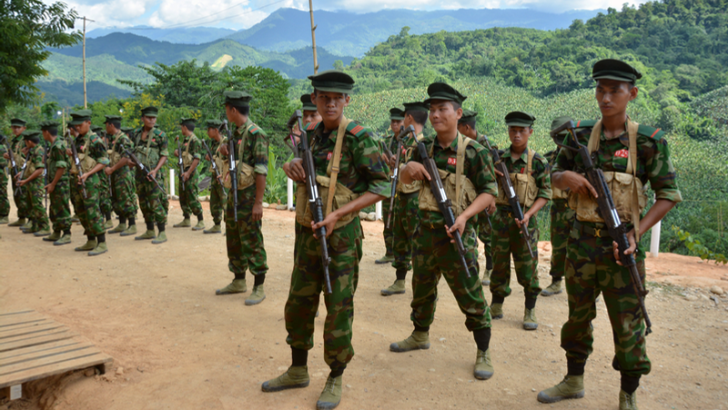
.png)
.png)
